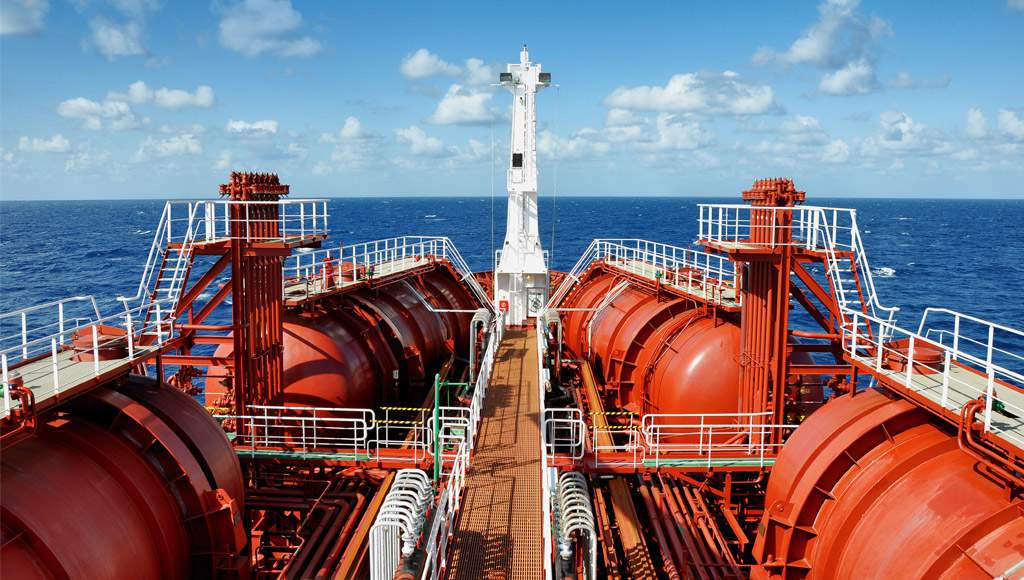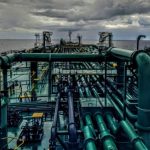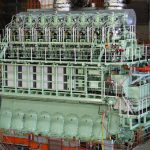The pipelines, isolating valves and pressure relief arrangements form an integral part of the IG system on the ship and hence due care needs to be taken to ensure that they perform optimally.
Introduction
In the previous Topic we learnt about design considerations for deck water seals and non return mechanical valve. In this article we will see which all considerations need to be kept in mind for designing the overall IG system in relation to the various pipelines and other isolating valves.
IG System Considerations
The pipelines and isolating valves form an important part of the overall IG system whether they are in the IG plant or the IG distribution system. Hence there are several points to be kept in mind while designing and installing these components. Some of the important points have been listed as follows.
○ The first thing that comes to the mind when talking about flue gases is temperature and corrosiveness hence the material use for making valves handing these gases should be able to withstand both these factors. Normally we would use Cast Iron but only till the temperature ranges of little over two hundred degrees Celsius. Also these valves should have such a design that soot does not get easily deposited on their seats otherwise they will cause leakage.
○ The exhaust gases from the boiler are introduced into the scrubber tower and the point of uptake of these gases should be well planned. If the uptake point is not selected carefully it could lead to extra hot gases entering the scrubber increasing its load and possibly damaging it. If the uptake point is too near the outlet it could lead to intake of air along with the flue gases which would increase the oxygen content of the flue gases and if the content increased near 8% it would render them useless for purposes of inerting.
○ Pipelines form an important part of the overall arrangement in the IG plant as well as the distribution system. Since various sections of the pipeline deal with flue gases under different conditions they should be designed accordingly. For example the section of the pipeline going from the uptake to the scrubber inlet handles very hot and corrosive gases in their raw state hence this section should be fabricated out of heavy gauge steel; while the outlet pipes could be less heavy but with suitable internal coating to prevent damage. There should be minimum possible curves and bends on the pipeline so that soot does not get stuck and cause corrosion. The pipeline on the deck should be resistant against all types of movement due to thermal stresses, and relative movement of the ship structure due to external forces of wind, sea etc.
○ The size of the IG valve and the pipelines should be designed taking into account the maximum operating capacity of the IG system and keeping the relevant SOLAS regulations in view. The same applies to the pressure/vacuum valves which require the presence of a flame screen for safety purposes.


